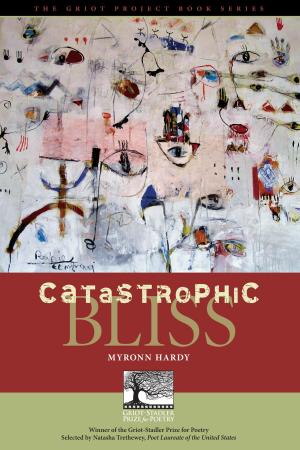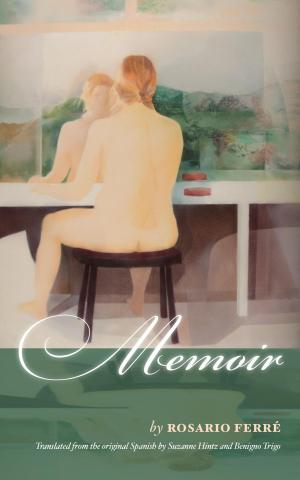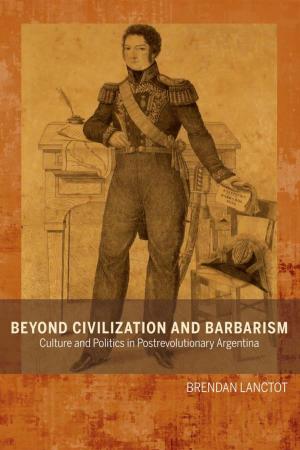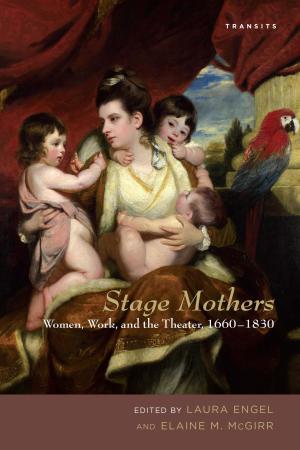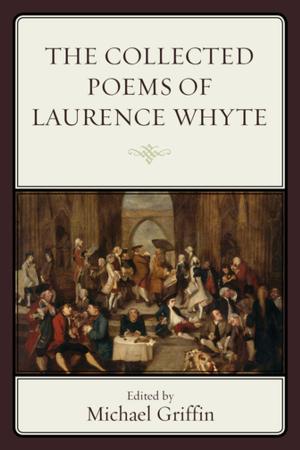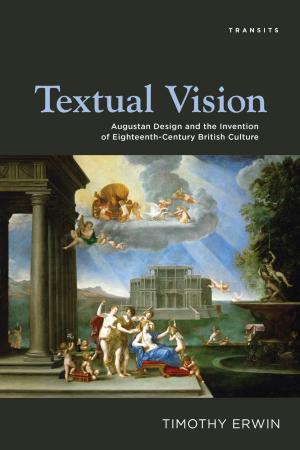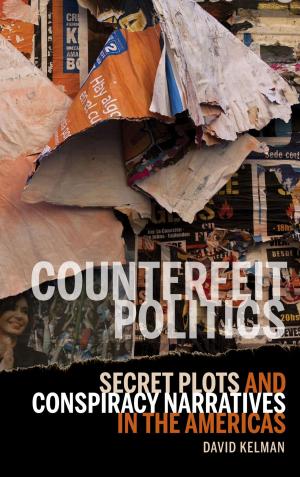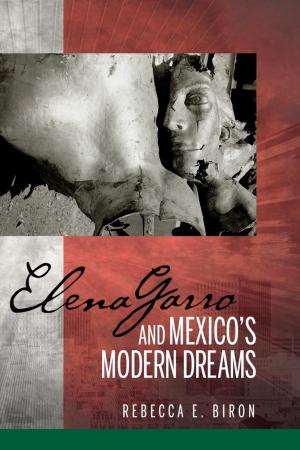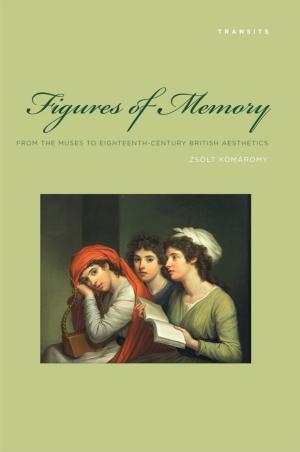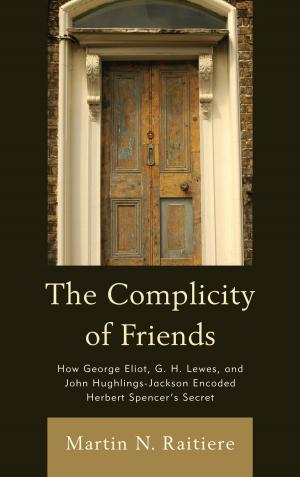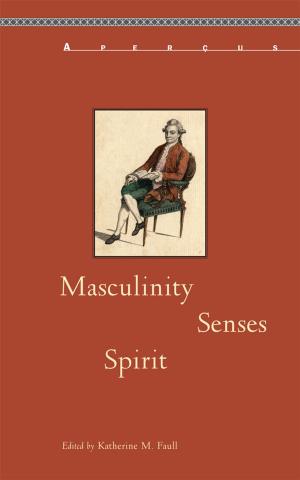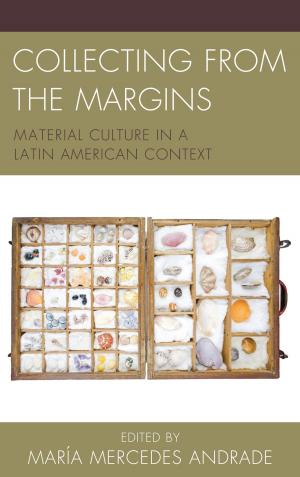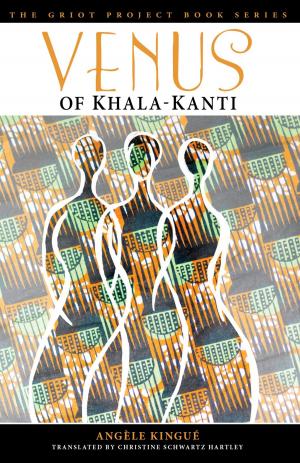Rhetorics of Religion in American Fiction
Faith, Fundamentalism, and Fanaticism in the Age of Terror
Fiction & Literature, Literary Theory & Criticism, American| Author: | Liliana M. Naydan | ISBN: | 9781611487442 |
| Publisher: | Bucknell University Press | Publication: | May 23, 2016 |
| Imprint: | Bucknell University Press | Language: | English |
| Author: | Liliana M. Naydan |
| ISBN: | 9781611487442 |
| Publisher: | Bucknell University Press |
| Publication: | May 23, 2016 |
| Imprint: | Bucknell University Press |
| Language: | English |
Rhetorics of Religion in American Fiction considers the way in which contemporary
American authors address the subject of belief in the post-9/11 Age of Terror. Naydan
suggests that after 9/11, fiction by Mohsin Hamid, Laila Halaby, Philip Roth, Don
DeLillo, John Updike, and Barbara Kingsolver dramatizes and works to resolve impasses
that exist between believers of different kinds at the extremes. These impasses emerge
out of the religious paradox that shapes America as simultaneously theocratic and
secular, and they exist, for instance, between liberals and fundamentalists, between
liberals and certain evangelicals, between fundamentalists and artists, and between
fundamentalists of different varieties. Ultimately, Naydan argues that these authors
function as literary theologians of sorts and forge a relevant space beyond or between
extremes. They fashion faith or lack thereof as hybridized and hence as a negotiation
among secularism, atheism, faith, fundamentalism, and fanaticism. In so doing, they
invite their readers into contemplations of religious difference and new ways of
memorializing 9/11.
Rhetorics of Religion in American Fiction considers the way in which contemporary
American authors address the subject of belief in the post-9/11 Age of Terror. Naydan
suggests that after 9/11, fiction by Mohsin Hamid, Laila Halaby, Philip Roth, Don
DeLillo, John Updike, and Barbara Kingsolver dramatizes and works to resolve impasses
that exist between believers of different kinds at the extremes. These impasses emerge
out of the religious paradox that shapes America as simultaneously theocratic and
secular, and they exist, for instance, between liberals and fundamentalists, between
liberals and certain evangelicals, between fundamentalists and artists, and between
fundamentalists of different varieties. Ultimately, Naydan argues that these authors
function as literary theologians of sorts and forge a relevant space beyond or between
extremes. They fashion faith or lack thereof as hybridized and hence as a negotiation
among secularism, atheism, faith, fundamentalism, and fanaticism. In so doing, they
invite their readers into contemplations of religious difference and new ways of
memorializing 9/11.

